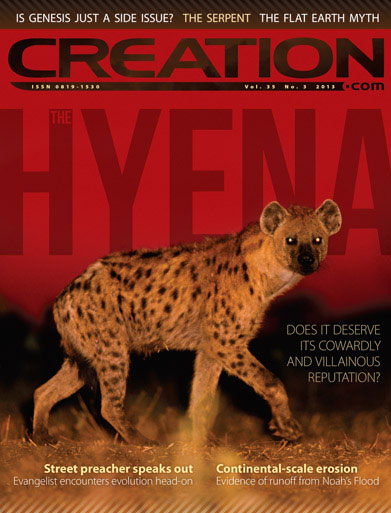Arthropods inspire strong, biodegradable material

Arthropods are the most diverse animal group, or phylum on the planet. They include animals like insects, spiders, scorpions, ticks, mites and all crustaceans, such as shrimp, for example. They have no internal bony skeleton, but instead are protected by an ‘exoskeleton’, or cuticle—a tough outer coating.
This cuticle is made largely from chitin, a clear polysaccharide—a polymer made of many joined sugar units. Starch and cellulose are well known polysaccharides. Chitin is a bit different, because its unit is a modified form of glucose called N-acetyl-D-glucosamine. In the cuticle, layers of chitin and protein are arranged with alternating ‘grain’ directions like plywood. This makes it very strong for its weight, ideal for insect wings. It can also be very elastic and flexible, and is resistant to water and many chemicals.
Now researchers at the Wyss Institute for Biologically Inspired Engineering at Harvard University, Drs Javier Fernandez and Donald Ingber, have manufactured a new material called ‘shrilk’.1 This name comes from its composition: the chitin from discarded shrimp shells and fibroin proteins from silk to replace the cuticle proteins. The report said:
“By studying these complex interactions and recreating this unique chemistry and laminar design in the lab, Fernandez and Ingber were able to engineer a thin, clear film that has the same composition and structure as insect cuticle [emphasis added].”
Shrilk is about as strong and tough as an aluminium alloy, but is only half as dense. Furthermore, it is cheap to make since chitin is easily made from shrimp shells, and biodegradable, so could be used for packaging and trash bags. And because it’s very strong and made from biological material, “it could be used to suture wounds that bear high loads, such as in hernia repair, or as a scaffold for tissue regeneration.”
These human designers certainly did fine work. But they were still making a derivative work; the real brilliance is by the One who made the original. There are many more examples of such biomimetics (or biomimicry), including more ‘smart materials’—see Scientists copying nature (biomimetics).
References and notes
- Mowatt, T., Inspired by insect cuticle, Wyss researchers develop low-Cost material with exceptional strength and toughness, wyss.harvard.edu/viewpressrelease/72/, 13 December 2011. Return to text.



Readers’ comments
Comments are automatically closed 14 days after publication.